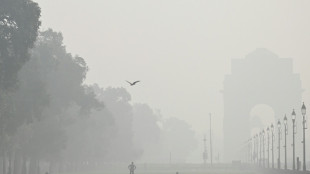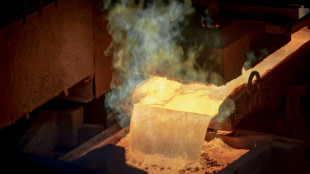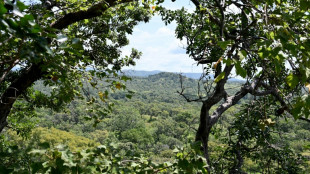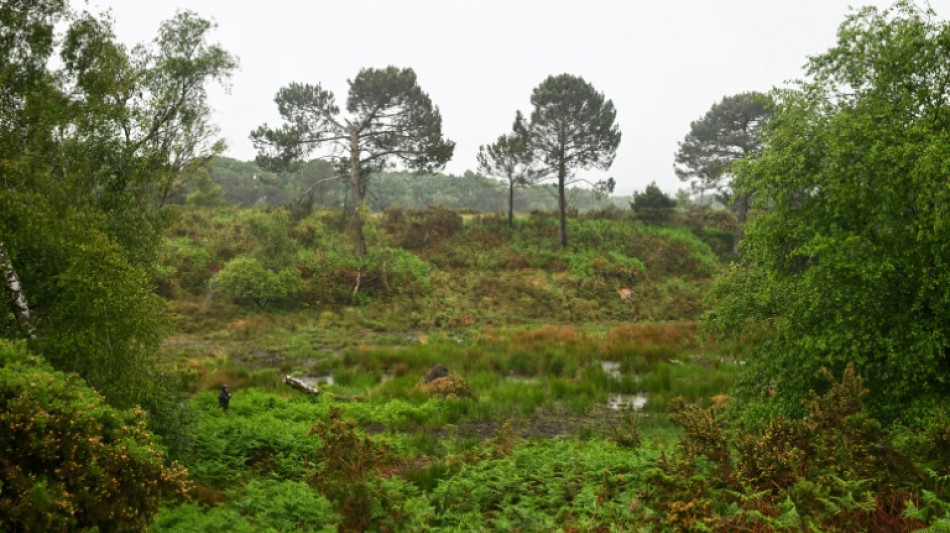
-
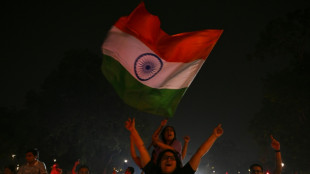 India hails maiden women's World Cup cricket title as game-changer
India hails maiden women's World Cup cricket title as game-changer
-
As clock ticks down, Greece tries to clean up its act on waste
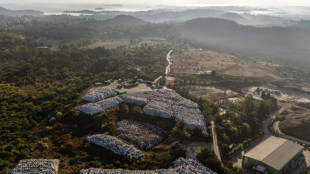
-
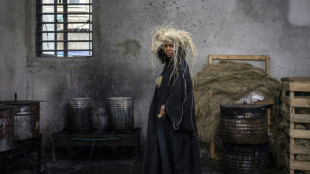 Local fabrics, fibres shine at eco-centred Lagos Fashion Week
Local fabrics, fibres shine at eco-centred Lagos Fashion Week
-
Spalletti bidding to revive Juve and reputation ahead of Sporting visit in Champions League

-
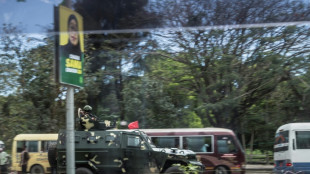 Tanzania president to be inaugurated as opposition says hundreds dead
Tanzania president to be inaugurated as opposition says hundreds dead
-
Bouanga brace as LAFC beats Austin 4-1 to advance in MLS Cup playoffs

-
 'Golden age': Japan hails Yamamoto, Ohtani after Dodgers triumph
'Golden age': Japan hails Yamamoto, Ohtani after Dodgers triumph
-
Thunder roll over Pelicans to remain NBA's lone unbeaten team

-
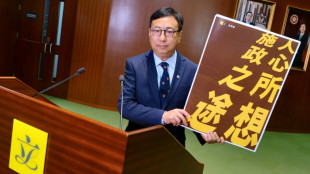 Hong Kong legislature now an 'echo chamber', four years after shake-up
Hong Kong legislature now an 'echo chamber', four years after shake-up
-
Most Asian markets rise on lingering trader optimism

-
 Andrew to lose his last military rank: defence minister
Andrew to lose his last military rank: defence minister
-
Trump's global tariffs to face challenge before Supreme Court
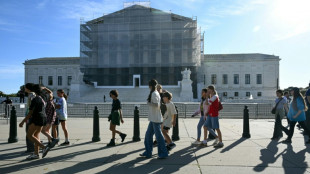
-
 Barnstorming Bayern face acid test at reigning champions PSG
Barnstorming Bayern face acid test at reigning champions PSG
-
Alonso shaping new Real Madrid on Liverpool return

-
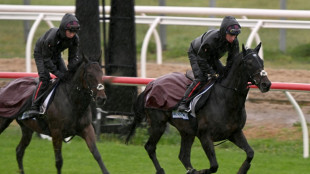 Half Yours favourite at Australia's 'race that stops a nation'
Half Yours favourite at Australia's 'race that stops a nation'
-
Tonga rugby league star has surgery after 'seizure' against NZ

-
 Trent's return with Real Madrid reminds Liverpool of what they are missing
Trent's return with Real Madrid reminds Liverpool of what they are missing
-
Tehran toy museum brings old childhood memories to life
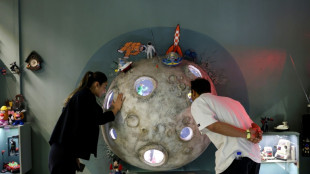
-
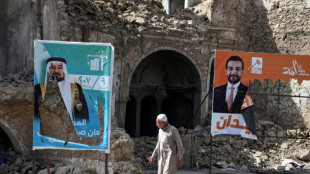 Iran banking on Iraq vote to retain regional influence
Iran banking on Iraq vote to retain regional influence
-
Daughter of 'underground' pastor urges China for his release

-
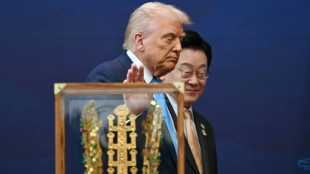 Trump the Great? President steps up power moves
Trump the Great? President steps up power moves
-
Fire ravages French monastery dubbed 'Notre-Dame of the Ardennes'
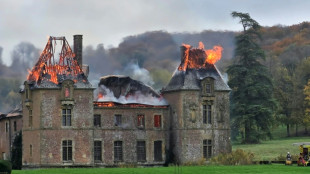
-
 Bills outlast Chiefs while NFL-best Colts fall to Steelers
Bills outlast Chiefs while NFL-best Colts fall to Steelers
-
NBA champion Thunder roll over Pelicans to remain unbeaten

-
 Eliud Kipchoge unveils plan to run 7 marathons on 7 continents
Eliud Kipchoge unveils plan to run 7 marathons on 7 continents
-
Milan deny Roma top spot in Serie A, Inter beat Verona

-
 Lens back up to third in Ligue 1 as Lyon held at Brest
Lens back up to third in Ligue 1 as Lyon held at Brest
-
NFL-best Colts fall to Steelers, Packers lose to Carolina

-
 'Regretting You' wins spooky slow N. American box office
'Regretting You' wins spooky slow N. American box office
-
'Just the beginning' as India lift first Women's World Cup

-
 Will Still sacked by struggling Southampton
Will Still sacked by struggling Southampton
-
Malinin wins Skate Canada crown with stunning free skate

-
 Barca beat Elche to recover from Clasico loss
Barca beat Elche to recover from Clasico loss
-
Jamaica deaths at 28 as Caribbean reels from colossal hurricane
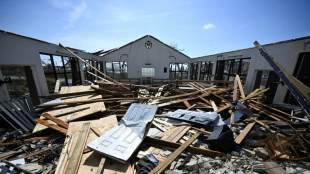
-
 Verma and Sharma power India to first Women's World Cup triumph
Verma and Sharma power India to first Women's World Cup triumph
-
Auger-Aliassime out of Metz Open despite not yet securing ATP Finals spot

-
 Haaland fires Man City up to second in Premier League
Haaland fires Man City up to second in Premier League
-
Sinner says staying world number one 'not only in my hands'

-
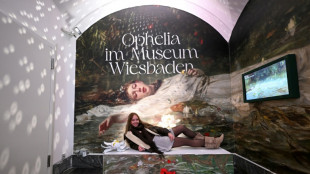 Ready for it? Swifties swarm German museum to see Ophelia painting
Ready for it? Swifties swarm German museum to see Ophelia painting
-
Pope denounces violence in Sudan, renews call for ceasefire

-
 Kipruto, Obiri seal Kenyan double at New York Marathon
Kipruto, Obiri seal Kenyan double at New York Marathon
-
OPEC+ further hikes oil output
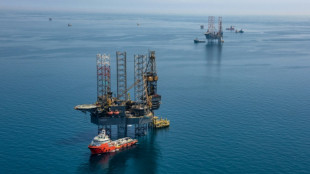
-
 Sinner returns to world number one with Paris Masters win
Sinner returns to world number one with Paris Masters win
-
Sinner wins Paris Masters, reclaims world No. 1 ranking

-
 Nuno celebrates first win as West Ham boss
Nuno celebrates first win as West Ham boss
-
Obiri powers to New York Marathon win

-
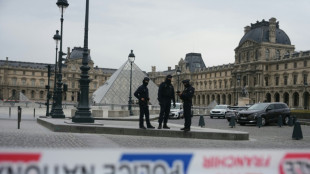 Two Louvre heist suspects a couple with children: prosecutor
Two Louvre heist suspects a couple with children: prosecutor
-
Verma, Sharma help India post 298-7 in Women's World Cup final

-
 Inter snapping at Napoli's heels, Roma poised to pounce
Inter snapping at Napoli's heels, Roma poised to pounce
-
India space agency launches its heaviest satellite
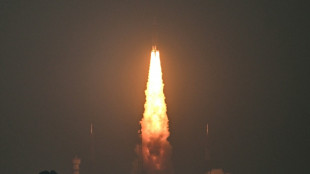

Mapping Ireland's peatlands to help cut carbon emissions
Mapping more accurately than ever Ireland's peatlands, which are vital as carbon sinks but whose boundaries can be hard to determine, could help fight global warming, researchers say.
Ireland is pockmarked with patches of dark brown peat soil that make up at least 20 percent of the land cover, according to Eve Daly, a geophysicist at the University of Galway, who co-led a groundbreaking project on finding peat.
"Peatland soils contain comparable amounts of carbon to the likes of rainforests so a more accurate map can lead to better land management decisions and mitigate against greenhouse gas emissions," Daly told AFP.
Her research team developed a new mapping approach using gamma radiation measurements to identify for the first time "transition zones" -- typically hidden under forests and grasslands -- where the soil changes from being peat to mineral-based.
Daly says the area of soil in Ireland considered "peaty" has increased thanks to a new colour-coded "peat/non-peat" map produced by the researchers.
"Improved mapping at higher resolution and locating where hidden organic peat soils are and their extent are key inputs into working out carbon emission factors," she said.
Her project co-leader Dave O'Leary told AFP about 80 percent of Ireland had now been mapped out in patches of "peat" brown or "non-peat" green.
"Few countries have invested in such an incredible data set, which puts Ireland at the forefront of peatland mapping research," he said.
- 'New lens' -
Land use, including farming and peatland draining, is a major source of Ireland's carbon emissions which could see the country failing to meet an EU-agreed climate target to cut emissions by over 50 percent by 2030.
A recent report said Ireland risks an EU fine of almost 30 billion euros if it fails to reach the target and recommended the restoring -- and rewetting -- of thousands of hectares of peatlands to help deliver "massive" cuts in emissions.
"We need to use more modern technologies or use old technologies with new lenses to try and find these hidden peat soils," Daly said.
Ireland's boggy areas are typically located in the middle of the bowl-shaped country which is ringed with hills and low mountains around the coastal areas.
Triven Koganti, an agroecology expert at Denmark's Aarhus University, told AFP that five percent of global greenhouse gas emissions came from cultivated peatlands.
"Historical agricultural draining of peatlands... or to use them as a fuel source has led to significant greenhouse gas emissions," he said.
So "an accurate accounting" of peatland boundaries is needed to achieve "current global initiatives to restore peatlands", he said, adding the Irish research "plays an important role in establishing this".
- 'Bird's eye' technique -
The mapping technique -- described as "bird's eye" by Daly -- is based on gamma-ray data measured by a sensor onboard a plane that has been flown low over Ireland for a decade in a state-funded geophysical survey.
"All rocks and different amounts of soils give off a certain amount of natural radiation but peat doesn't as it's full of organic material," Daly said.
Soils are usually a mixture of broken bits of rock, water and air, but peat soils are distinct from mineral soils as they are formed from decaying plant material, water and air, and contain a very high amount of carbon.
When waterlogged, this carbon is stored in the soil but when water is removed, for example via drainage, peat soils then emit carbon dioxide as the decay process restarts, Daly said.
The state-funded "Tellus" survey began in 2011 and is expected to be completed later this year.
D.Qudsi--SF-PST

